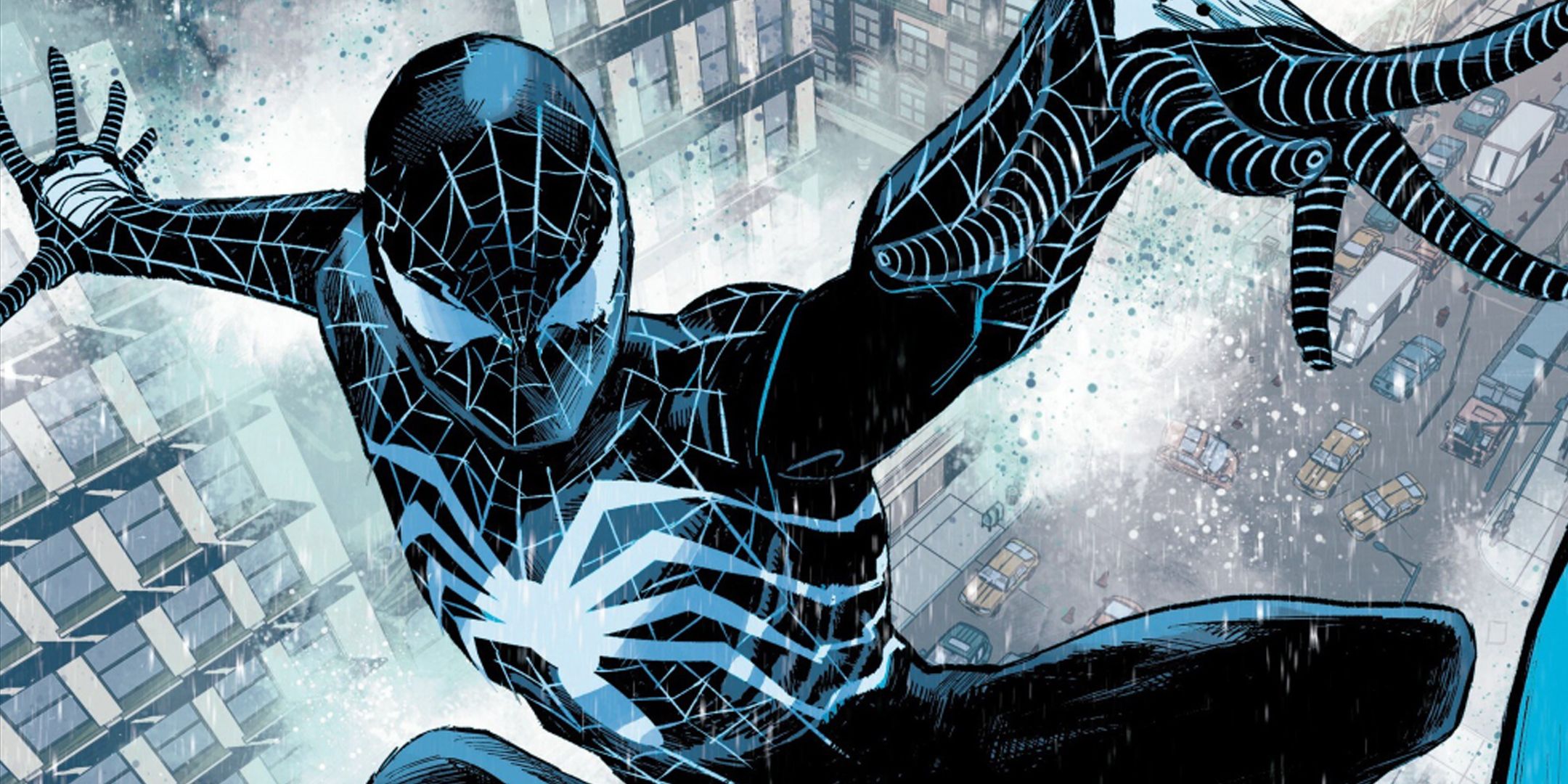The publisher calls this book "Hellboy meets Redwall," which hits the major touchpoints, as far as that goes. Yes, fighting supernatural monsters. Yes, medieval times. Yes, anthropomorphic characters. But it's much more authentically medieval than a reader would expect, in quirky and unusual ways, much more inspired and growing out of actual research than it is a story stuck into that world for vague coolness reasons.
First and most important is that William of Newburgh - "Newbury" is a variation creator Michael Avon Oeming decided to use here - is an actual 12th century monk, and this collection of ghost-fighting stories about a raccoon and his rabbit brother is actually based on the writings of the real person.
Now, Oeming clearly fictionalized some things to turn the historical record The History of English Affairs - an actual book written by the real William covering the period known as The Anarchy when King Stephen and Empress Matilda battled for control of the country (and Normandy) after the unexpected death of Henry I and his heir - into William of Newbury, the collection of the first four comic-book issues of the anthropomorphic William's adventures. But the bones of the story seem to be much closer to the original than I would have expected.
(For one change, I'm pretty sure the historical human William didn't have a semi-reformed thief sidekick, Winnie, whom he was teaching to read.)
The four issues tell a continuous story, but each issue is basically one event - each works as an individual issue or story. There's an encounter with the supernatural each time, plus complications and larger issues.
The supernatural elements are explicitly based in the medieval worldview. The dead do rise, because they are tormented by devils of Satan. The land of faerie exists, and is made up of fiends who want to torment and tempt Christians.
William, despite the Hellboy comparison and Oeming's moody Mignola-esque art, is not going to punch any of these creatures. He is going to talk at them, to call on the angels and saints, to use the power of God to force the devils and faeries to leave and the dead to lie still. He has a staff with a cross on it, which he brandishes at the arisen dead - who are nasty and violent and murderous and tossing hellfire at times, too - but what will stop them is not anything violent, but the power of God, possibly channeled or empowered by William's faith.
(It does work consistently, as we see. Punching would not. This is not a world in which punching evil has any effect.)
The other major theological point, which is an important undertone throughout and becomes central in the fourth issue, is that William and his brother Edward were almost kidnapped by the faeries as children, and that means their souls were stolen and they are doomed to oblivion after death. (Not even hell, as they understand it: their souls are gone, so they will just die.) There's a hint at the end that this may not be entirely true, and it may be theologically suspect as well - can an immortal soul be stolen? do these pagan spirits have the power to destroy something made by God? - but that, as they say, is probably for the next volume of William of Newbury stories.
William himself is a fascinating, quirky character: devout, scholarly but muscular in his faith, devoted to doing good as he sees it and using his abilities to help those around him. But also scattered and often cheated in everyday things, not necessarily that good at the rough-and-tumble of life - which is understandable for a monk. I think there will be more of these stories, and I hope so: I don't know how much more of William's writings Oeming still has to work from, but there's enough material here for at least another couple of stories of this length.




















 English (US) ·
English (US) ·